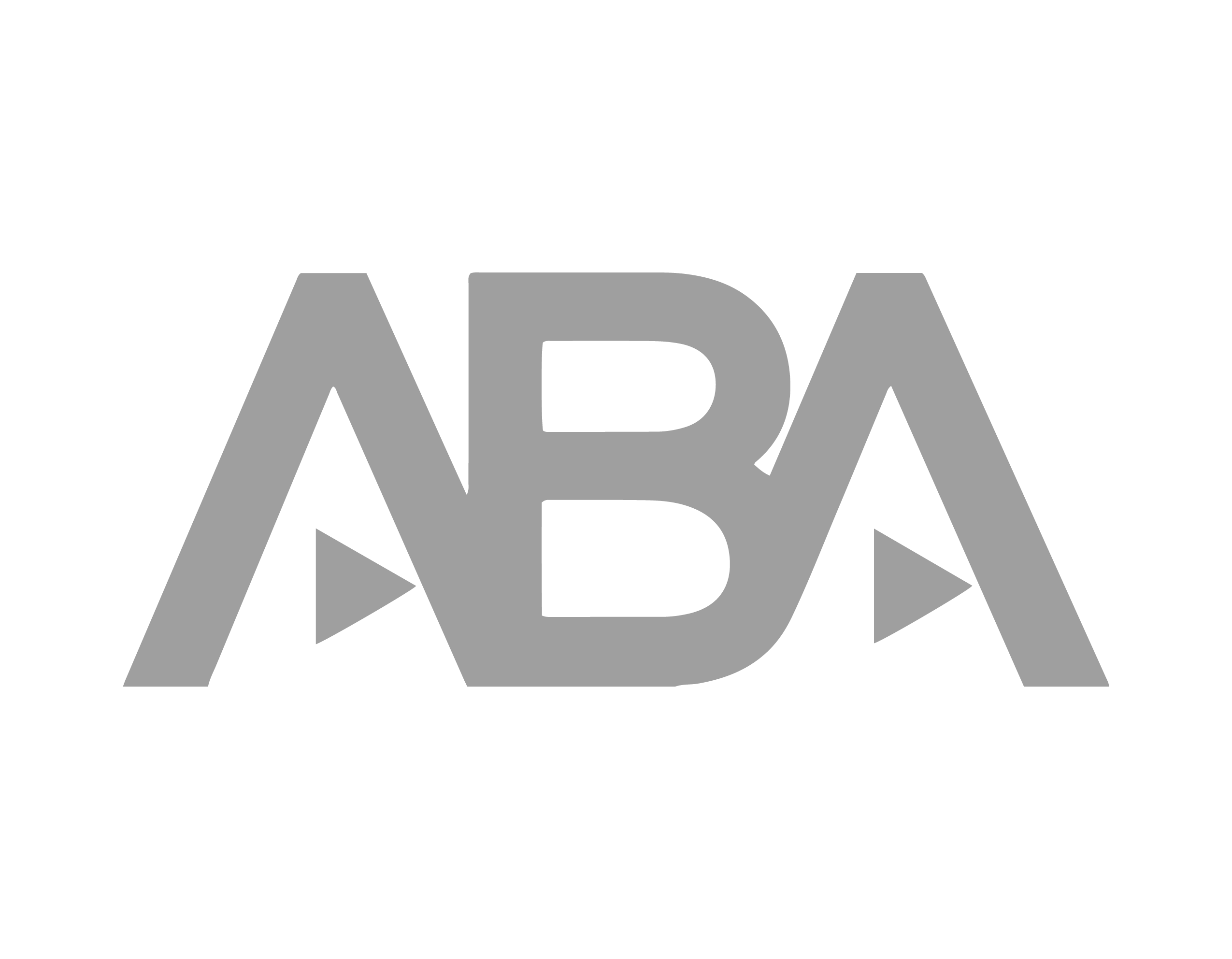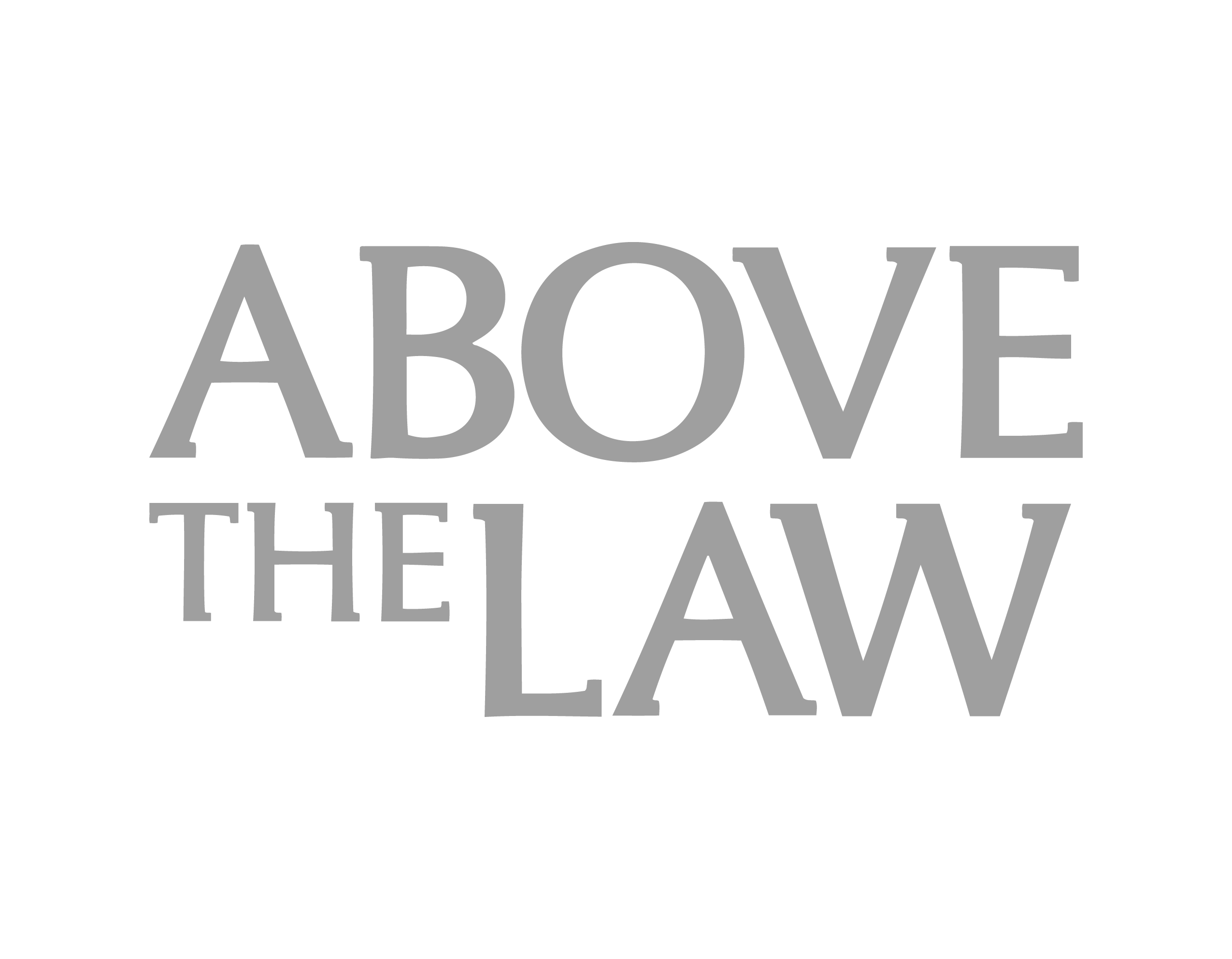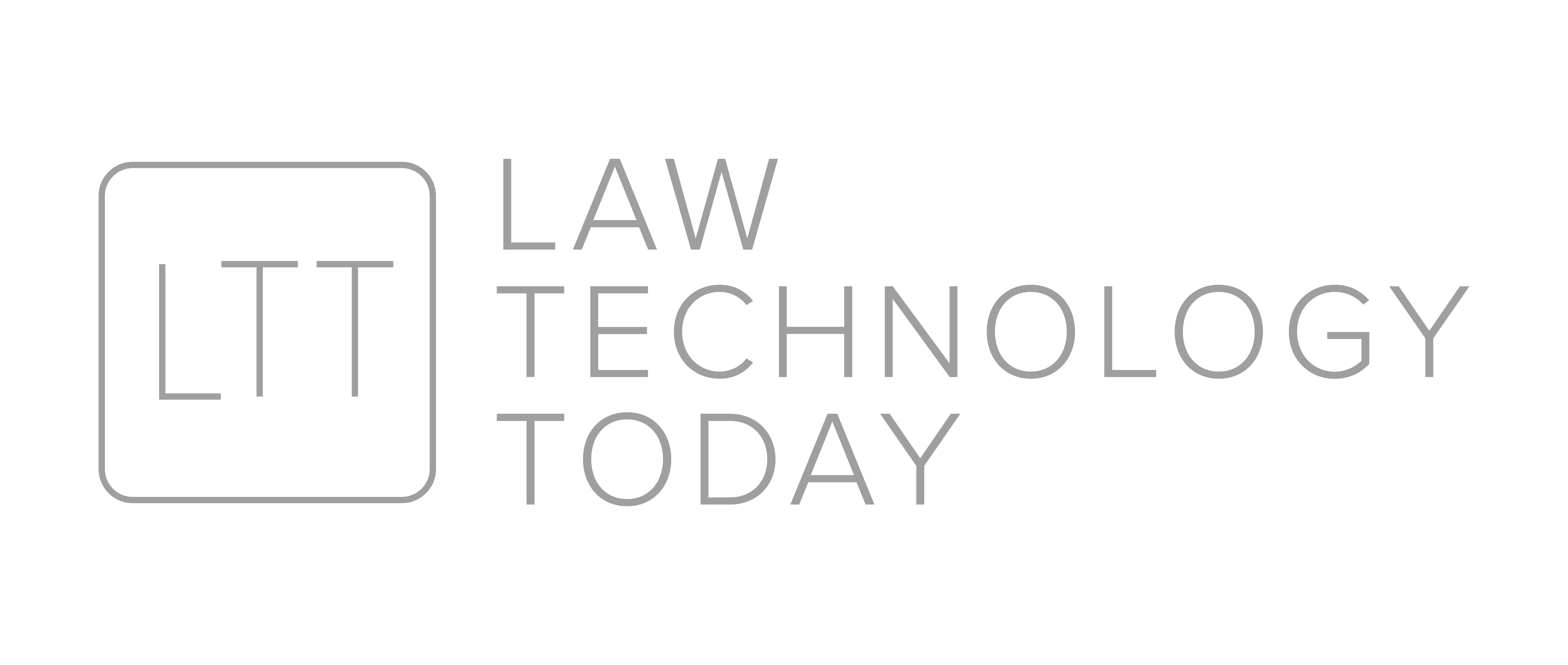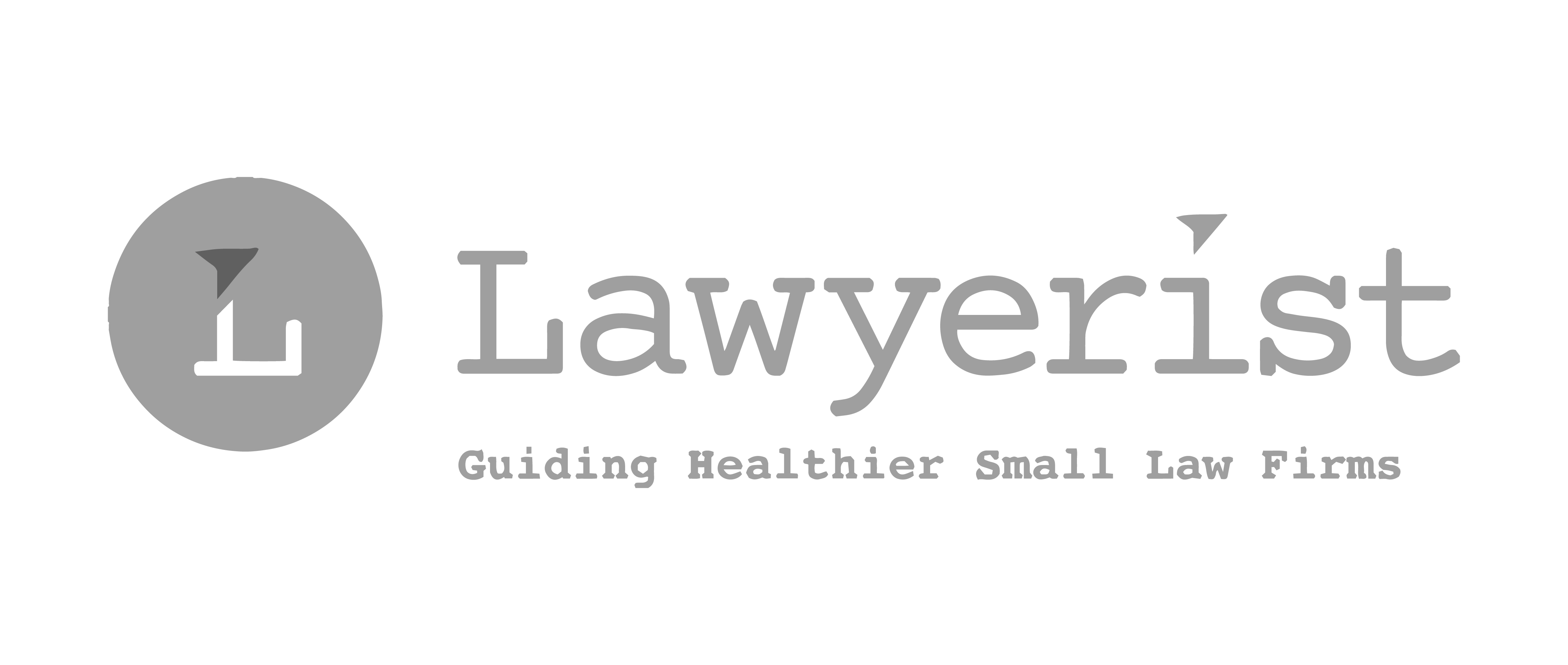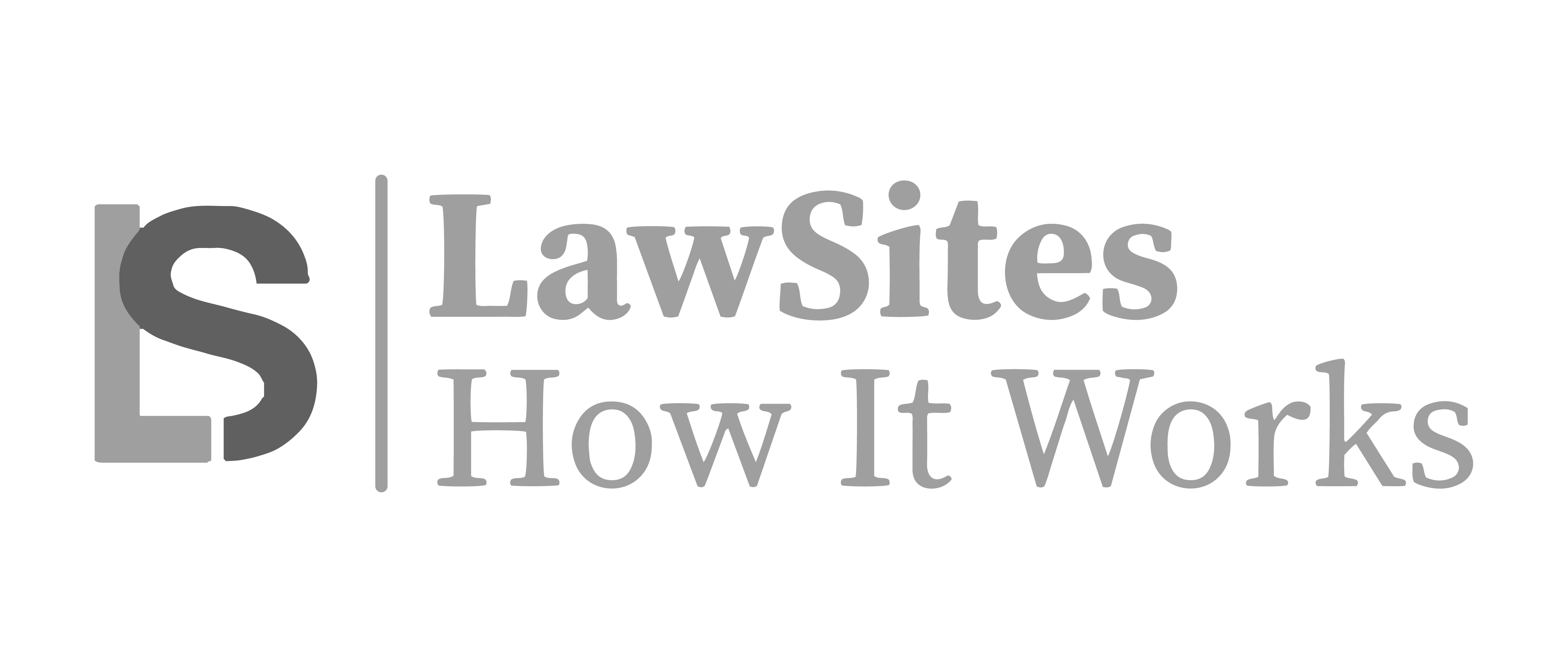Legal Freedom Fighter Series: Emily Benfer
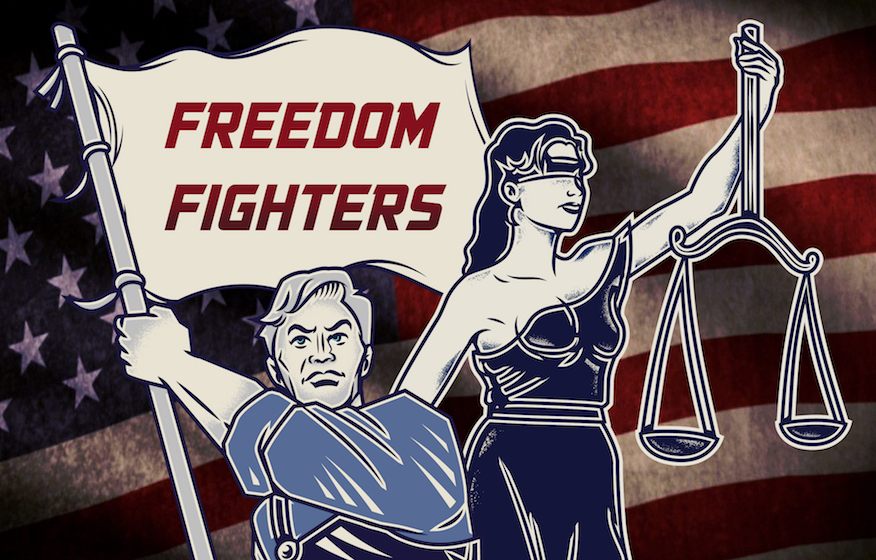
We’ve seen it repeatedly throughout our history: When people’s rights are threatened, it’s the lawyers who step up to the plate. They fight hate, they defend our Constitution, and they give a voice to people who can’t speak for themselves. More than ever before, we need lawyers to help ensure that everyone’s rights are protected. Thousands of lawyers across the country are doing this. However, some are true Freedom Fighters and they deserve special recognition. That’s why each month, we will feature a lawyer who is really making a difference.
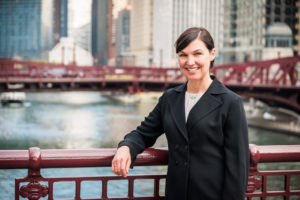 Today, we are proud to feature Emily Benfer, founding Director of the Health Justice Project
Today, we are proud to feature Emily Benfer, founding Director of the Health Justice Project
Emily Benfer is a clinical professor of law at Loyola University Chicago School of Law and Stritch School of Medicine and the founding Director of the Health Justice Project, a medical-legal partnership with Erie Family Health Center.
Emily has dedicated her career to serving the public interest. She has engaged in direct representation, class action litigation, grassroots organizing, and federal and state policy reform in multiple areas of public interest law. Such areas include homelessness, special education, housing, disability and public benefits at civil legal aid and non-profit organizations. In practice, she was a civil legal aid attorney at nonprofit legal organizations, as well as a legislative lawyer in the successful campaign to pass the ADA Amendments Act. She also represented Workplace Flexibility 2010 in legislative advocacy involving low-wage workers and family and medical leave.
In recognition of her achievements and commitment to social justice, Emily has received numerous commendations. For instance, she was named one of Chicago’s “40 Promising Attorneys Under 40” by the National Law Journal and has received the American Bar Association Judy M. Weightman Memorial Public Interest Award. Emily’s full bio is available at www.emilybenfer.com and you can follow her on Twitter @e_catalyst.
Here’s the interview:
What inspired you to become a lawyer in the first place?
During my service as a Peace Corps volunteer in Zimbabwe, Belize, and Thailand, I lived in remote villages and was welcomed into the community like a family member. Even before I understood the language or the culture, I recognized unique human spirits and the universal experiences we shared in common. At the same time, I bore witness to health inequity, slavery, domestic violence, human trafficking, and abject poverty.
In that setting, I was deeply affected by three truths: (1) All people share a common humanity. (2) My neighbors and countless individuals like them were the victims of grave human rights violations. (3) The most powerful ally in the quest for social justice is the law. So the only possible result: I adopted Dr. Martin Luther King, Jr.’s mutuality pact and embraced the quest for social justice: “We are tied together in a single garment of destiny, caught in an inescapable network of mutuality, and whatever affects one directly, affects all indirectly. For some strange reason I can never be what I ought to be until you are what you ought to be. You can never be what you ought to be until I am what I ought to be…”
What was your most memorable case?
My most memorable case is a disability discrimination claim on behalf of children who were lead poisoned in federally assisted housing and then denied a reasonable accommodation under the Americans with Disabilities Act (ADA).
When my client, Lanice Walker, was awarded a housing subsidy, little did she know that a few months after moving into the apartment the Chicago Housing Authority (CHA) had approved, every member of her family would develop lead poisoning. When Ms. Walker learned of her children’s rising blood lead levels, she immediately contacted the CHA and asked for permission to move to protect her children from additional harm. The CHA informed her that lead poisoning, and the brain damage it caused, was not an emergency that warranted a move or any accommodation.
Working with our medical partners at Erie Family Health Center, we successfully defended the family’s rights under the ADA and secured a reasonable accommodation in the form of an immediate move to a lead-free home. In multiple subsequent cases, we obtained reasonable accommodations in the form of pre-rental lead hazard risk assessments and remediation. These measures would protect children from permanent neurological damage.
These cases were especially significant because they prompted nationwide policy change. As many as 2.5 million households with children, largely from communities of color, are at risk of lead poisoning in federally assisted housing because of antiquated standards that are not aligned with science. For example, across the country children are forced to stay in a home with a lead hazard until their blood lead levels exceed four times the Centers for Disease Control and Prevention (CDC) definition.
To address these dangerous policy issues, the Health Justice Project collaborated with the Sargent Shriver National Center on Poverty Law and Green and Healthy Homes Initiative to convene a big tent coalition of national nonprofits and experts from public health, medical, civil rights, housing justice, children’s rights, and environmental justice fields, among others. Together, we petitioned the federal government for rulemaking pursuant to the Administrative Procedure Act. United teams of providers, lawyers, and patients urged members of Congress to become involved. Senators Collins (R-ME), Reed (D-RI), Menendez (D-NJ), and Durbin (D-IL) requested that the U.S. Department of Housing and Urban Development (HUD) and the Environmental Protection Agency amend their rules and introduced legislation to protect children from lead poisoning. HUD aligned the definition of lead poisoning with CDC standards in January 2017.
From an equal rights perceptive, where do we stand today?
In the last half century, advocates have struggled in solidarity with many groups facing discrimination. Together, we have achieved unparalleled victories, such as the Civil Rights Act, the Voting Rights Act, the right to same sex marriage, and the Americans with Disabilities Act. Yet, the work is not done. For example, despite the dismantling of Jim Crow laws, Black people have the lowest life expectancy of all races, the average wealth of a Black family is 5% that of a white family, and our communities are so segregated that 90% of people of color would need to move to eliminate racial segregation. At the same time, we know all too well that even progress can reverse itself, laws can be repealed, and a new Supreme Court can overturn longstanding decisions.
Today, we stand at a cross-roads. The new administration has resulted in unparalleled consciousness raising and a renewed opportunity to secure equal rights for every member of society. If awareness can compel action, like it did at airports across the country in the wake of the travel ban, equality will most certainly be realized.
You’ve had so many successes. Which one stands out the most for you?
As the founding director, the achievements of the Health Justice Project and lessons learned during my tenure are among the most important of my career. The Health Justice Project—a fully integrated medical-legal partnership at Erie Family Health Center that engages providers, medical residents, graduate students, and lawyers to address the social determinant of health—has taught me about the nuances of health justice in individual lives and the importance of interprofessional collaboration in achieving it.
As I reflect on the barriers our clients have overcome, it is evident that when medicine is seen as a vehicle of social justice, and law is an instrument of healthcare, the elimination of health inequity and social injustice becomes a tangible possibility. In fact, from my vantage point, standing beside advocates and Erie providers, health justice is clearly in sight.
For many of Erie’s patients, health outcomes are dictated largely by the social and legal issues that are far too common in poverty. Fortunately, when an Erie provider determines that poverty is the diagnosis, there is a standard treatment plan: Take two lawyers and call me in the morning. For a baby named Alex, a prescription for legal care meant an end to the rats infesting his home and causing his acute respiratory distress. It meant that Ms. Walker was not forced to choose between lead poisoning or homelessness for her children. For another woman, Ms. Rodriguez, it meant working appliances to refrigerate her medication. For the 3,300 Erie patients referred for legal care since I founded the Health Justice Project, it has meant avoiding the health effects linked to eviction, preserving the family unit after a successful immigration application, additional income, food or cash benefits, among other outcomes that resulted in healthier, happier lives for Erie patients. These outcomes were made possible by my colleague Allyson Gold, Erie providers, Americorps VISTA volunteers, and over 200 law, medical and public health students.
What’s your one piece of advice to other lawyers across the country?
Step out of your silos. Social problems are interconnected; each begets the next. We can never see the whole issue, diagnose the problem, develop a solution, or engage in client-centered advocacy unless we collaborate with one another. As attorneys, we must recognize the intersecting nature of social problems and identify opportunities to partner with lawyers and other professionals who can best meet the needs of our clients. For instance, the chronic lead and arsenic poisoning of thousands of people over the past fifty years at the West Calumet Public Housing Complex in East Chicago, Indiana, demonstrates the critical nature of this strategy. The case involved lawyers from the environmental justice, civil rights, housing, special education, health law, and poverty law fields. Equally important, it required grassroots organizers, public health epidemiologists, medical and scientific experts, and design strategists. A singular approach to the issue would not have remedied the issue or protected the residents.
If an attorney wants to get involved in social justice, how can they get started?
First, understand that your contribution is critical to the achievement of social justice. Never assume that someone else is addressing the injustice you see or hear. Second, seek out pro bono opportunities or partnerships with organizations that address issues important to you. Third, believe in the impossible and never forget that you are instrumental in achieving it. Fourth, social justice is not solely about resisting. It is also about envisioning a society in which all people are valued as equal and, ultimately, creating it.
If you strike out against injustice, I and countless others will be standing beside you, rising up, speaking out, and bolstering your every step. The urgency cannot be overstated. Do not hesitate. Not for a moment.
Share post:


